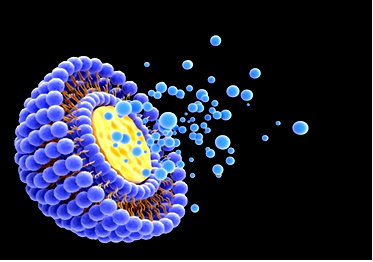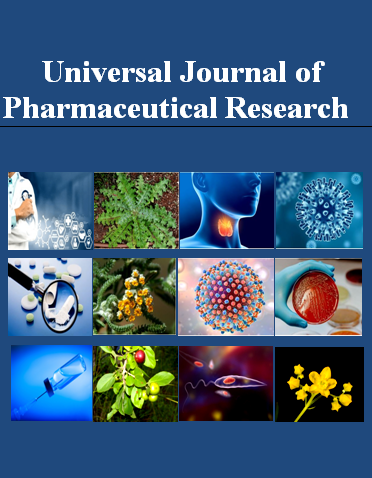DESIGN, FORMULATION, AND IN-VITRO CHARACTERIZATION OF LIPID-BASED NANO-BILOSOMAL VESICLES OF LOVASTATIN
Keywords:
Solubility, Box-Behnken design, bilosomes, thin-film hydration technique, characterizationAbstract
Objective: This research work aims to develop the bilosomal vesicles for the delivery of lovastatin (LVS), a lipid-lowering agent known for its poor aqueous solubility and low absorption, which presents a major challenge in drug delivery and development. This study examinesthe potential of Bilosomes as an innovative vesicular drug delivery system to overcome these issues and limitations with LVS and enhance its therapeutic effectiveness.
Methods: Preliminary studies were conducted to determine the suitable lipid, non-ionic surfactant, and bile salt components and their levels for bilosomal system development. Fifteen formulae were obtained by adopting a Box-Behnken surface design using Design Expert software, prepared using the thin film hydration technique, and characterized in terms of entrapment efficiency (EE%), vesicle size (VS), zeta potential (Zp), and cumulative in-vitro release % after 72 hours. The developed LVS-loaded bilosomal formulations were then optimized through the analysis of the characterization results to predict the optimized formula.
Results: The maximum wavelength of LVS was determined at 238 nm after UV scanning, and the calibration curve constructed for LVS in dissolution medium showed a strong linear relationship between absorbance and concentration over the range of 2.5 to 20 µg/ml. The saturation solubility of LVS in Sorenson’s phosphate buffer (pH 7.4) containing 1% Sodium Lauryl Sulphate (SLS) was significantly enhanced (2.3 mg/ml) compared to its intrinsic solubility in pure water (0.0013 mg/ml), confirming that it was the best dissolution medium for the study. All Box-Behnken developed LVS-loaded bilosomal formulae exhibited high entrapment efficiencies (EE%), nano-size vesicles with polydispersity index (PDI) values, ranging from 0.218±0.006 to 0.495±0.028 indicating uniform size distribution, negative zeta potential (ZP) values ranging mV suggesting good stability, and cumulative release profile ranging from 19.89±0.049% to 43.27±0.024 % revealing sustained release patterns.
Conclusions: This research paper employed Sorenson’s phosphate buffer (pH 7.4) containing 1% SLS as a good dissolution medium for LVS in which it showed greater solubility, and highlights the potentials of LVS-loaded Bilosomes with high EE%, vesicular nano-size, negative zeta potential values, and sustained release patterns as efficient drug delivery system for enhancing the solubility and stability of poorly water-soluble drugs such as LVS.

Peer Review History:
Received 6 February 2025; Reviewed 11 March 2025; Accepted 21 April; Available online 15 May 2025
Academic Editor: Dr. Ali Abdullah Al-yahawi , Al-Razi university, Department of Pharmacy, Yemen, alyahawipharm@yahoo.com
, Al-Razi university, Department of Pharmacy, Yemen, alyahawipharm@yahoo.com
Reviewers:
 Dr. Ali Awad Allah Ali Moh. Saeed, National University, Sudan, alimhsd@gmail.com
Dr. Ali Awad Allah Ali Moh. Saeed, National University, Sudan, alimhsd@gmail.com
 Dr. Ali Abdullah A. Al-Mehdar, University of Basrah, Iraq, asia_abdullah65@yahoo.com
Dr. Ali Abdullah A. Al-Mehdar, University of Basrah, Iraq, asia_abdullah65@yahoo.com
Downloads

Published
How to Cite
Issue
Section

This work is licensed under a Creative Commons Attribution-NonCommercial 4.0 International License.









 .
.